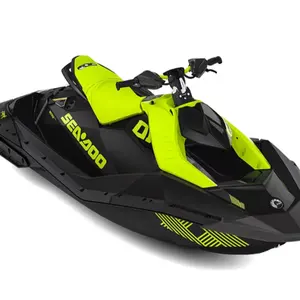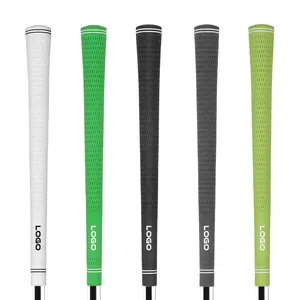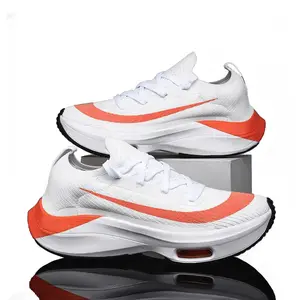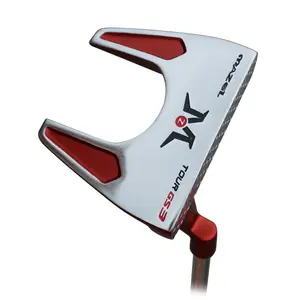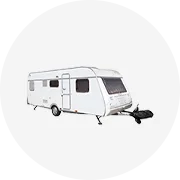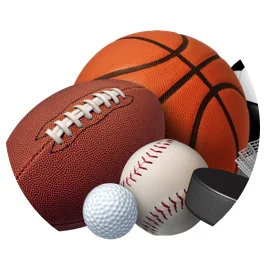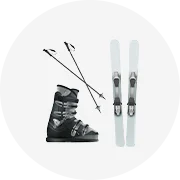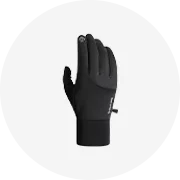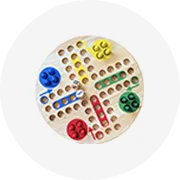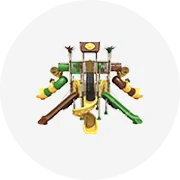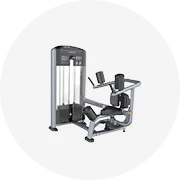Popular na sua indústria
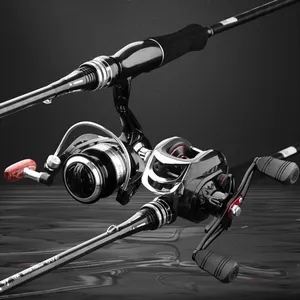





Vara de pesca com isca de fibra de carbono para fundição longa e conjunto completo de carretel
Pronto para enviar
€ 9,03 - € 38,22
Pedido Mínimo: 2 Pacotes
Envio por peça: € 14,71






VTAVTA 6cm 12g Crankbaits Set for Bass Fishing Lures Hard Iscas Topwater Lures Crank Bait Kit Fishing Tackle
€ 0,9236 - € 1,15
Pedido Mínimo: 2 Peças







LINNHUE Carretel de pesca marítima HE500 800-7000 Carretel giratório de alta qualidade 10KG Max Drag 5.2:1 Relação de engrenagem Carretel de pesca em água salgada
Pronto para enviar
€ 2,71 - € 5,32
Pedido Mínimo: 3 Peças
Envio por peça: € 8,45



JH-Mech Pesca Pólo Rack Titular Rack De Armazenamento De Parede Suporta até 12 Varas Heavy Duty Metal Pesca Rod Display Rack
€ 5,03 - € 7,46
Pedido Mínimo: 500 Conjuntos







Kit de gabaritos de gelo de tungstênio coloridos personalizados para pesca no gelo, iscas de peso para pesca no gelo
€ 0,2146 - € 0,793
Pedido Mínimo: 100 Peças







Assentos de linha de corte de aço tamanho e peso Screwing Scrap Metal preços S 500 Rope Rod Threading Making 9.6 Reel
€ 277,99 - € 345,15
Pedido Mínimo: 2 Toneladas






Vergalhão Amarrar Fios De Loop Apertando Carretel De Rolo De Carretel De Fio De Gravata Tienjing
€ 504,67 - € 535,45
Pedido Mínimo: 2 Toneladas






Reforçando o Vergalhão De Aço Fy500 Baixo Preço Ferro F8 Rod 12mm Para Construir Estruturas B420c 14mm B500c B500 Libra No Pé
€ 277,99 - € 345,15
Pedido Mínimo: 2 Toneladas






Aço Rebar Cfrp Zbl R630a Za Y20 Com Disco Parafuso Haste Loops Gancho 1mm Enrolamento 20 10mm 12mm 16mm Preços Peso Unitário Usado
€ 277,99 - € 345,15
Pedido Mínimo: 2 Toneladas


Vara de pesca de mosca e carretel personalizada, qualidade do assento combo à venda (b02)
Pronto para enviar
€ 57,84 - € 61,57
Pedido Mínimo: 1 Peça
Envio por peça: € 27,26

Cabo de aeronaves galvanizado corda de arame de aço galvanizado corda de fio de aço inoxidável/vara preço de fábrica
€ 0,028
Pedido Mínimo: 10000 Metros
Buscas Relacionadas:
hastes e bobinas para vendavenda haste e carretelvaras e bobinas trutasvaras e bobinas do martruta haste e carretelmosca bobina e hastetrolling hastes e bobinasvaras e combos carretellew rod e carretelhaste e carretel salmãocarretel pesca e hastemini haste e carretelhaste elétrica e carretelhaste e bobina maciavaras de pesca e o preço do carretel






China fábrica 1 milímetros 1.5 milímetros 2.5 milímetros 4 milímetros 6mm 10 milímetros arame de aço galvanizado fio de aço hastes preço por rolo
€ 522,39 - € 559,71
Pedido Mínimo: 28 Toneladas






Prata 20% Carretel-Diâmetro do fio ou da haste 1/1.5/2.0mm DIN EN 1044 AG309 solda de cobre
€ 170,71 - € 191,24
Pedido Mínimo: 1 Quilograma






Fio galvanizado galvanizado galvanizado Gi mergulhado quente revestido zinco Rod 0.3mm de alta elasticidade do calibre 0.5mm do carbono 25 macio recozido fio galvanizado
€ 0,9236 - € 1,86
Pedido Mínimo: 1 Quilograma






Fio galvanizado mergulhado a quente de alta qualidade 0.3mm fio de aço de alta elasticidade fio galvanizado eletro
€ 585,83 - € 632,47
Pedido Mínimo: 5 Toneladas






Aisi 304 Rod Alta 0.8mm 1mm 1.2mm Fio De Aço Inoxidável Duro De Champanhe
€ 931,91 - € 1.399,26
Pedido Mínimo: 1 Tonelada






Galvanizado 6X7 + FC Sandline Aço Wire Rod 1770N/MM2 Resistência à...
€ 1.305,98
Pedido Mínimo: 3 Toneladas






Q195 Q235 aço carbono laminado a quente matéria-prima para fabricação de unhas sae1006 1008 1020 sae1010 fio-máquina de aço de alta resistência à tração
€ 363,81 - € 447,77
Pedido Mínimo: 1 Tonelada






Molinete de aço inoxidável com fluxo consumível, fio de solda mig er308 er309 er310 er321 aws a5.9 0.8mm 5kg/tig rods er316l
€ 4,02 - € 4,20
Pedido Mínimo: 1000 Quilogramas






Fio-máquina de aço carbono ASTM 5.5mm 6.5mm fio-máquina laminado a quente
€ 499,07 - € 570,90
Pedido Mínimo: 5 Toneladas






Fábrica fornecimento zinco revestido quente mergulhado Gi galvanizado Rod 0.3mm alta elasticidade alta carbono galvanizado fio de aço
€ 581,16 - € 640,86
Pedido Mínimo: 25 Toneladas






Fio galvanizado de alto carbono de alta elasticidade revestido de zinco Hot Dipped Gi Galvanizado Rod 0.3mm
€ 186,57 - € 279,86
Pedido Mínimo: 3 Toneladas






Haste de fio de aço de baixo carbono/fio anexo preto/fio de amarração de rebarra 0.4kg por rolo
€ 1,50 - € 1,59
Pedido Mínimo: 2500 Peças






Venda quente q235 q195 fio-máquina preço baixo fio-máquina de aço carbono para fazer unhas
€ 0,3732 - € 0,5038
Pedido Mínimo: 100 Quilogramas






Toray - Vara de pesca com mosca de carbono portátil para viagem, estojo de 2.7m
€ 28,92
Pedido Mínimo: 100 Peças






304/304h/304l/316/316l 316 Aisi Fio De Aço Inoxidável Hastes, Ss430 acessórios sterling Resistência De Aço Inoxidável Corda De Fio
€ 2,34 - € 2,99
Pedido Mínimo: 100 Metros






Max RB441t RB611t Twintier sem fio Rebar Amarrar Ferramenta bobina de fio carretel tw1061t
€ 1,40
Pedido Mínimo: 2400 Peças






Fornecedor chinês 0.7-4.0mm galvanizado fio do ferro/galvanzied fio de ferro/fio galvanizado elétrico do ferro
€ 466,42 - € 559,71
Pedido Mínimo: 50 Toneladas






Cheap galvanizado aço fio corda bobina 3mm baixa resistência preto galvanizado mola fio-máquina de aço
€ 0,5318 - € 0,6157
Pedido Mínimo: 5000 Quilogramas






Sae1008 sae1006 q215 q235 5.5mm haste de fio de aço carbono
€ 411,39 - € 467,36
Pedido Mínimo: 25 Toneladas






Tipo de produto de aço inoxidável galvanizado para cabos de aço inoxidável Premium
€ 0,3825 - € 0,8862
Pedido Mínimo: 1000 Quilogramas






Haste de fio revestida plástica resistente personalizada, carretel desenhado preto 2-4mm fio de aço galvanizado
€ 419,78 - € 513,06
Pedido Mínimo: 28 Toneladas






Bobina pequena galvanizou o fio-máquina obrigatório do fio em bobinas galvanizou os preços do fio de aço para a máquina de amarração do rebar
€ 0,653 - € 0,7463
Pedido Mínimo: 45 Rolos






Hastes de aço galvanizado de alta resistência de 1.0 mm, fio de ferro galvanizado por imersão a quente
€ 466,42 - € 513,06
Pedido Mínimo: 5 Toneladas






Molas de aço para hastes de toque macio, fabricante de hastes fabricadas para tubos de metal, mola de dobra de tubo de PVC de 19 mm
€ 0,0187 - € 0,3265
Pedido Mínimo: 300 Peças





Carretel de fio de gravata hebei, 0.8mm * 0.45kg para ferramenta de barra
€ 671,65
Pedido Mínimo: 1 Tonelada






Vara De Pesca Roda De Gota De Água Primavera Carretéis De Pesca Fiação Mola De Torção De Aço Inoxidável
€ 0,1866 - € 0,3732
Pedido Mínimo: 100 Peças
Envio por peça: € 0,2892





Extremidade do cabo do fio da corda do fio de segurança 316 personalizado e gancho extremidade kits de cabo de segurança cabo com conexões
€ 2,34 - € 2,80
Pedido Mínimo: 2000 Peças






Portátil 1M Pesca Tackle Pen Bolso Mini Pesca Rod Liga de alumínio Vidro ao ar livre Duro FRP Ice Fishing Rod Caso CN;JIN XINGE
Pronto para enviar
€ 4,29 - € 5,71
Pedido Mínimo: 2 Peças
Envio por peça: € 4,92
Principais categorias
Sobre hastes e bobinas
Encontre muitos hastes e bobinas. em Alibaba.com e escolha um bem feito para fornecer mobilidade extra a quem não consegue andar normalmente. Mantenha um em casa para um membro da família idoso ou ferido ou encontre um modelo que possa funcionar em um hospital. Usar hastes e bobinas. como uma alternativa mais rápida e eficiente para uma cadeira de rodas manual tradicional. Os designs unissex permitem que qualquer adulto use esses veículos úteis.
Todos hastes e bobinas. são alimentados por bateria e podem ser recarregados para permitir o uso contínuo. A maioria é autopropelida e pode se mover por conta própria com pouco esforço do usuário além da direção. Os motociclistas podem desfrutar de um máximo confortável, mais rápido do que uma cadeira de rodas, sem ir muito rápido. Certos designs são dobráveis, tornando uma tarefa simples embalá-los e armazená-los. Cada um é robusto e pode facilmente suportar o peso da maioria das pessoas.
Compre hastes e bobinas. em Alibaba.com e obtenha uma ampla gama de opções para ajudar a encontrar o perfeito. Escolha a cor ideal para dar um toque pessoal ao veículo. Navegue por várias opções de potência e escolha uma que não demore muito para recarregar ou que não exija muita energia. As peças de qualidade garantem que cada scooter terá uma excelente vida útil.
Com hastes e bobinas. de Alibaba.com, torna-se fácil obter um método de viagem barato para pessoas com deficiência física. Compre um para uso pessoal em casa ou para ajuda profissional para pacientes. Desfrute de um modelo que tenha uma boa aparência e proporcione um nível ideal de desempenho.
Todos hastes e bobinas. são alimentados por bateria e podem ser recarregados para permitir o uso contínuo. A maioria é autopropelida e pode se mover por conta própria com pouco esforço do usuário além da direção. Os motociclistas podem desfrutar de um máximo confortável, mais rápido do que uma cadeira de rodas, sem ir muito rápido. Certos designs são dobráveis, tornando uma tarefa simples embalá-los e armazená-los. Cada um é robusto e pode facilmente suportar o peso da maioria das pessoas.
Compre hastes e bobinas. em Alibaba.com e obtenha uma ampla gama de opções para ajudar a encontrar o perfeito. Escolha a cor ideal para dar um toque pessoal ao veículo. Navegue por várias opções de potência e escolha uma que não demore muito para recarregar ou que não exija muita energia. As peças de qualidade garantem que cada scooter terá uma excelente vida útil.
Com hastes e bobinas. de Alibaba.com, torna-se fácil obter um método de viagem barato para pessoas com deficiência física. Compre um para uso pessoal em casa ou para ajuda profissional para pacientes. Desfrute de um modelo que tenha uma boa aparência e proporcione um nível ideal de desempenho.
